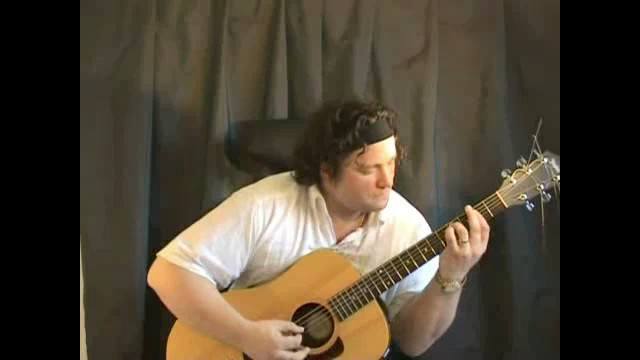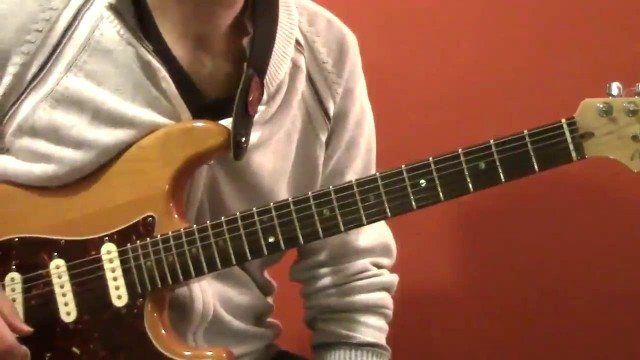So now that we're familiar with locating any 5 chord, let's get to the barring.
Let's use Am for this example. Using the previous steps, our approach will be to locate an A note (fifth fret on low E string) and add our ring and pinky fingers to form the 5 chord.
Step 3:
Bar your index finger. Your index finger now be fretting the root of the chord, and the three strings (E, B, G) beneath our pinky. Analyze which strings are actually being covered and apply extra pressure to these strings accordingly.
Step 4:
Build the chord. Using the diagram supplied below, you should be able to now determine which finger/fingers should be added or removed from the chord to construct a major chord, minor chord, 7 chord, minor 7 chord or major 7 chord. Our example is simply an A minor chord, so our job is done. To form an A major chord, all we do is add our middle finger to the 6th fret of the G string. To play an A7 chord, we remove our pinky from a major chord shape. To play an Am7 chord, we remove our pinky from a minor chord shape, etc. So by memorizing the small changes we make to these chords, a whole spectrum of chords are now at our disposal.
Before we clue up, let's test our knowledge by locating and constructing the following chords:
1) Dm
2) C#7
3) Bm7
4) Amaj7
5) F


















